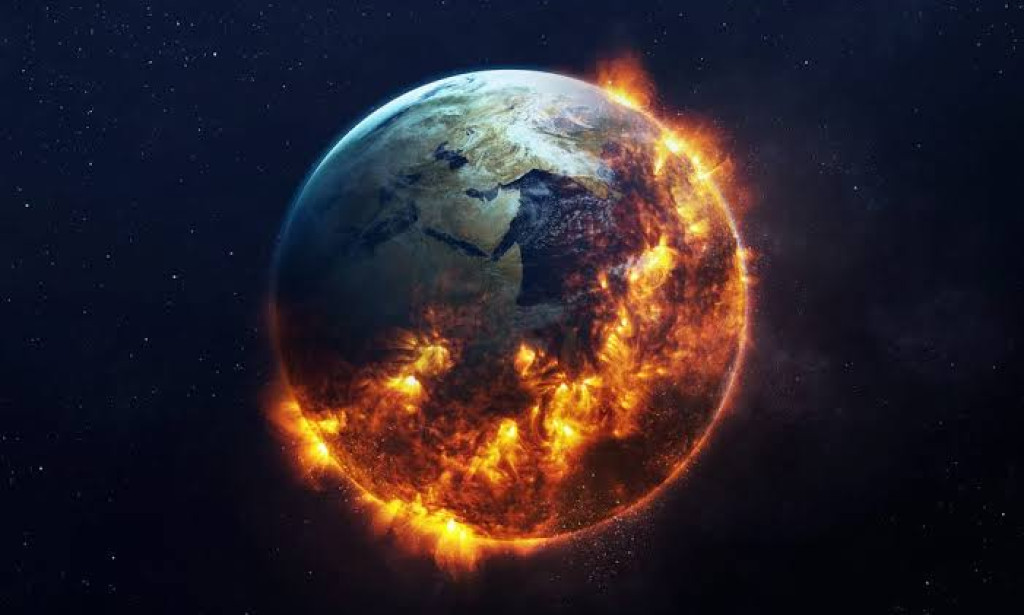Title: The Uncertain Fate of Earth: A Look at the Possibility of Destruction
Introduction
As we gaze upon the night sky, our planet Earth stands as a beacon of life in the vast universe. Yet, hidden beneath its beauty lies a question that has fascinated and haunted scientists and thinkers alike for generations: Will Earth be destroyed? While the future remains uncertain, examining the potential threats to our planet can help us better understand the challenges we may face and the steps we can take to safeguard our home.
1. Natural Catastrophes
Throughout its history, Earth has endured numerous natural cataclysms that have shaped its evolution. Events such as asteroid impacts, volcanic eruptions, and seismic activity have left their mark on our planet. Although such occurrences are rare in human timescales, the possibility of another catastrophic event can never be ruled out. Scientists actively monitor celestial bodies, assess seismic activities, and study geological phenomena to gain insights into potential threats and devise strategies to mitigate their impact.
2. Human-Induced Risks
As humanity has evolved and expanded its technological prowess, it has inadvertently introduced new risks to Earth's well-being. The escalating threat of climate change, deforestation, pollution, and the depletion of natural resources loom large on the horizon. These human-induced risks have far-reaching consequences for the planet's ecosystems, biodiversity, and overall stability. However, concerted global efforts to combat these challenges through sustainable practices, conservation, and international cooperation can help mitigate their adverse effects.
3. Cosmic Events
Beyond the bounds of our own planet, the cosmos holds hidden dangers that might pose a threat to Earth. Gamma-ray bursts, massive solar flares, or nearby supernovae explosions are examples of cosmic events that could have catastrophic consequences for our planet. While the probability of such events occurring in our vicinity is low, understanding these phenomena and developing early warning systems can help prepare us for any potential impacts.
4. The Sun's Future
Our Sun, the source of life for all living beings on Earth, has its own life cycle. As it ages, it will eventually enter the later stages of its existence, leading to a transformation into a red giant. During this phase, the Sun will expand, engulfing Mercury, Venus, and potentially even Earth. This event is estimated to occur in around 5 billion years, which gives us plenty of time to prepare and, perhaps, find a way to move our civilization beyond the confines of our solar system.
5. Human Endeavors in Space
In the quest for exploration and survival, humanity has looked to the stars and considered the possibility of space colonization. The establishment of self-sustaining colonies on other planets or celestial bodies could serve as a safeguard for the survival of our species, even if Earth were to face destruction. Although this remains a distant possibility, our advancements in space technology and continued space missions bring us closer to realizing this dream.
Conclusion
The fate of Earth hangs in the balance between the marvels of the cosmos and the actions of its inhabitants. While we cannot predict with certainty whether our planet will be destroyed, we can embrace the responsibility to protect and preserve the fragile gift of life we have been bestowed. By fostering environmental stewardship, scientific discovery, and global cooperation, we can strive to safeguard Earth from the risks it faces and ensure a brighter, more sustainable future for generations to come. Remember, the destiny of our world lies in our hands.

You must be logged in to post a comment.